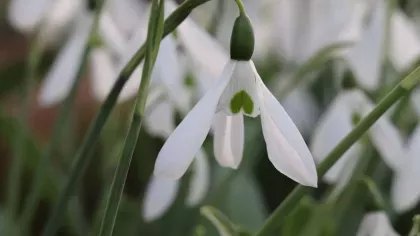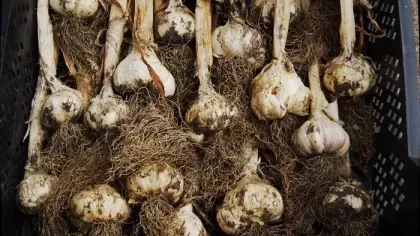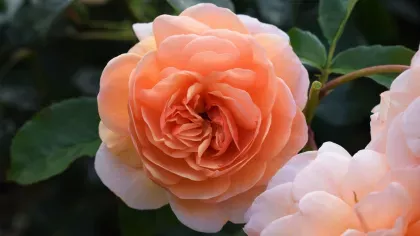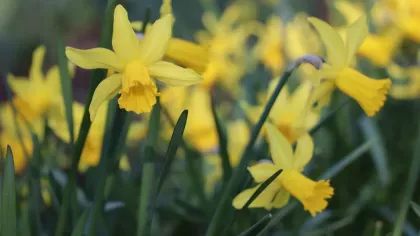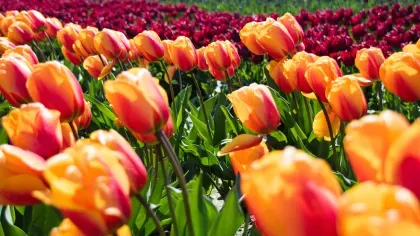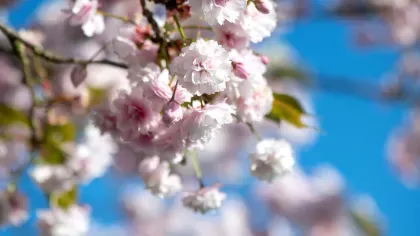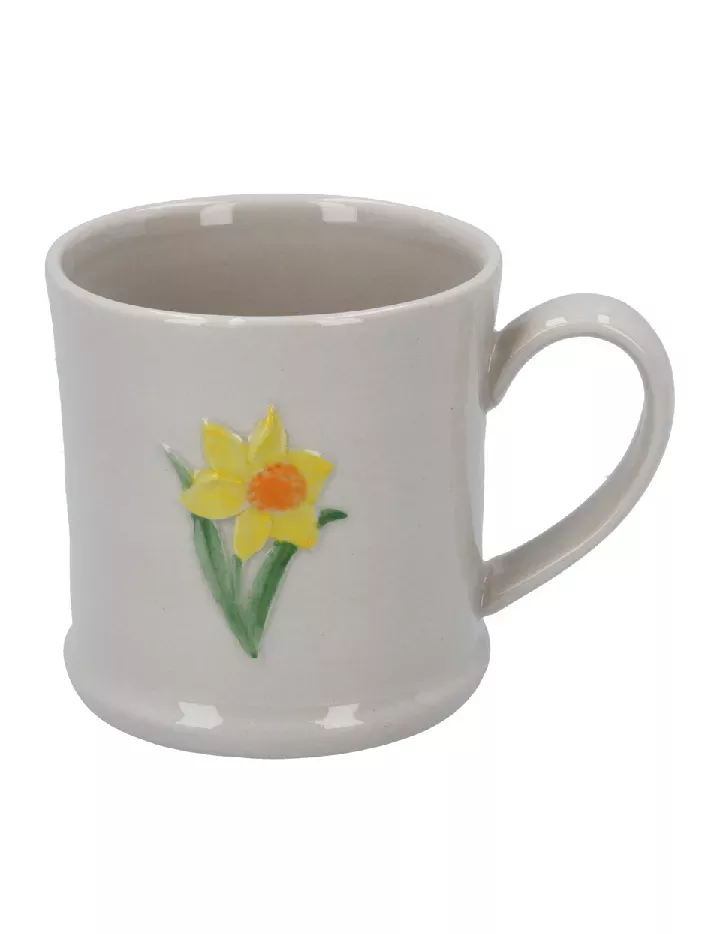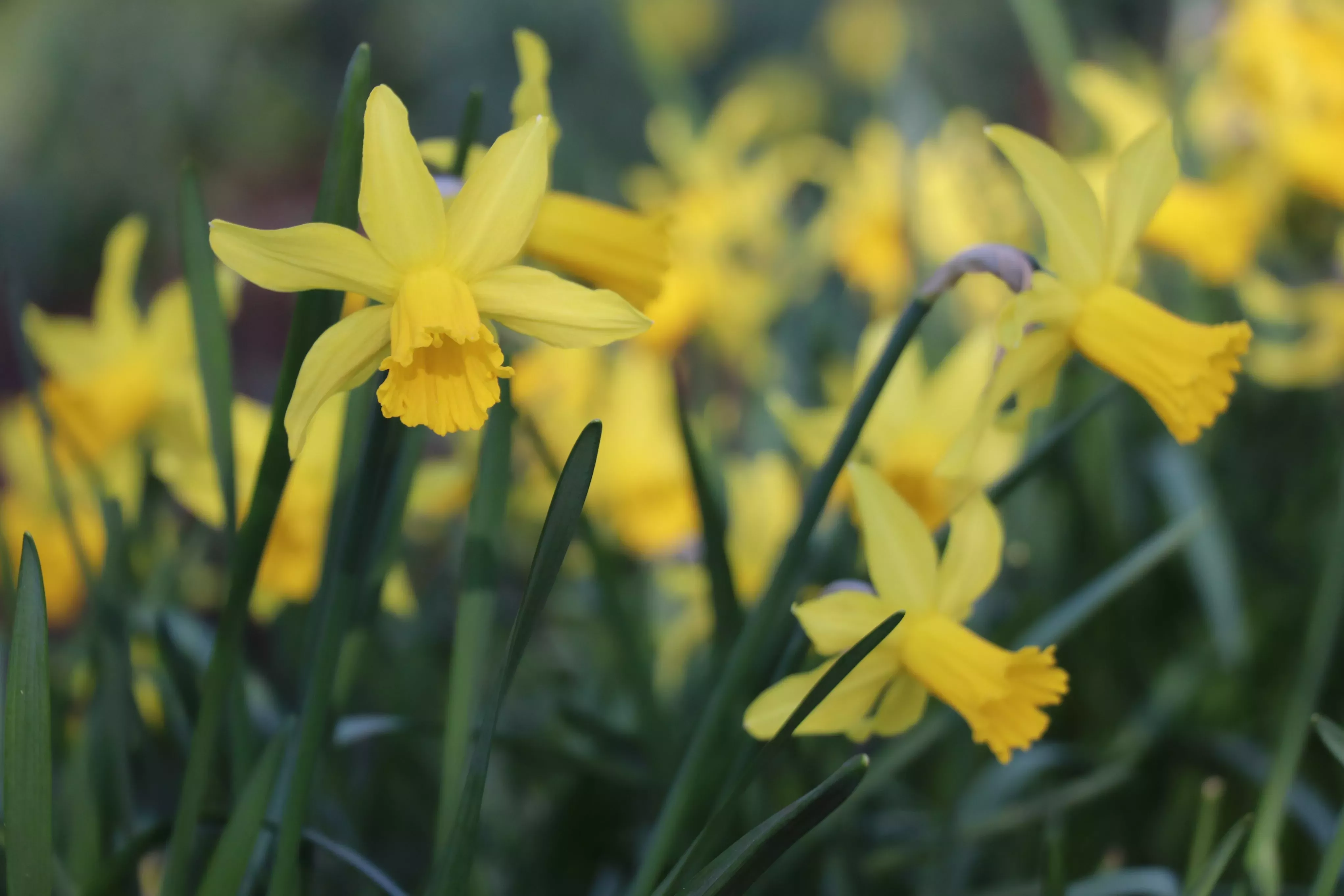
Daffodils
On this page
A sure sign that spring is in full swing, daffodils are a common sight across the UK during the early part of the year.
Even though they are not in the same family, daffodils are often referred to as 'lent lilies' as they tend to bloom during the Lent period, between Ash Wednesday and Easter.
Originally from Europe and Northern African, daffodils have been introduced to many countries and can be found growing across the world.
While there are 36 species of daffodil, their popularity as an ornamental plant has led to the creation of over 26,000 cultivated varieties.
Plant description
Daffodil plants have a single flower on a long green stalk, with green leaves growing from the base of the stem. The flowers have yellow or white petals surrounding a trumpet, which can be a similar or contrasting colour. Daffodils grow between 5 to 80cm tall. The flowers tend to bend downwards, but sometimes face upward. The flowers grow from bulbs which lie dormant between summer to the late winter.
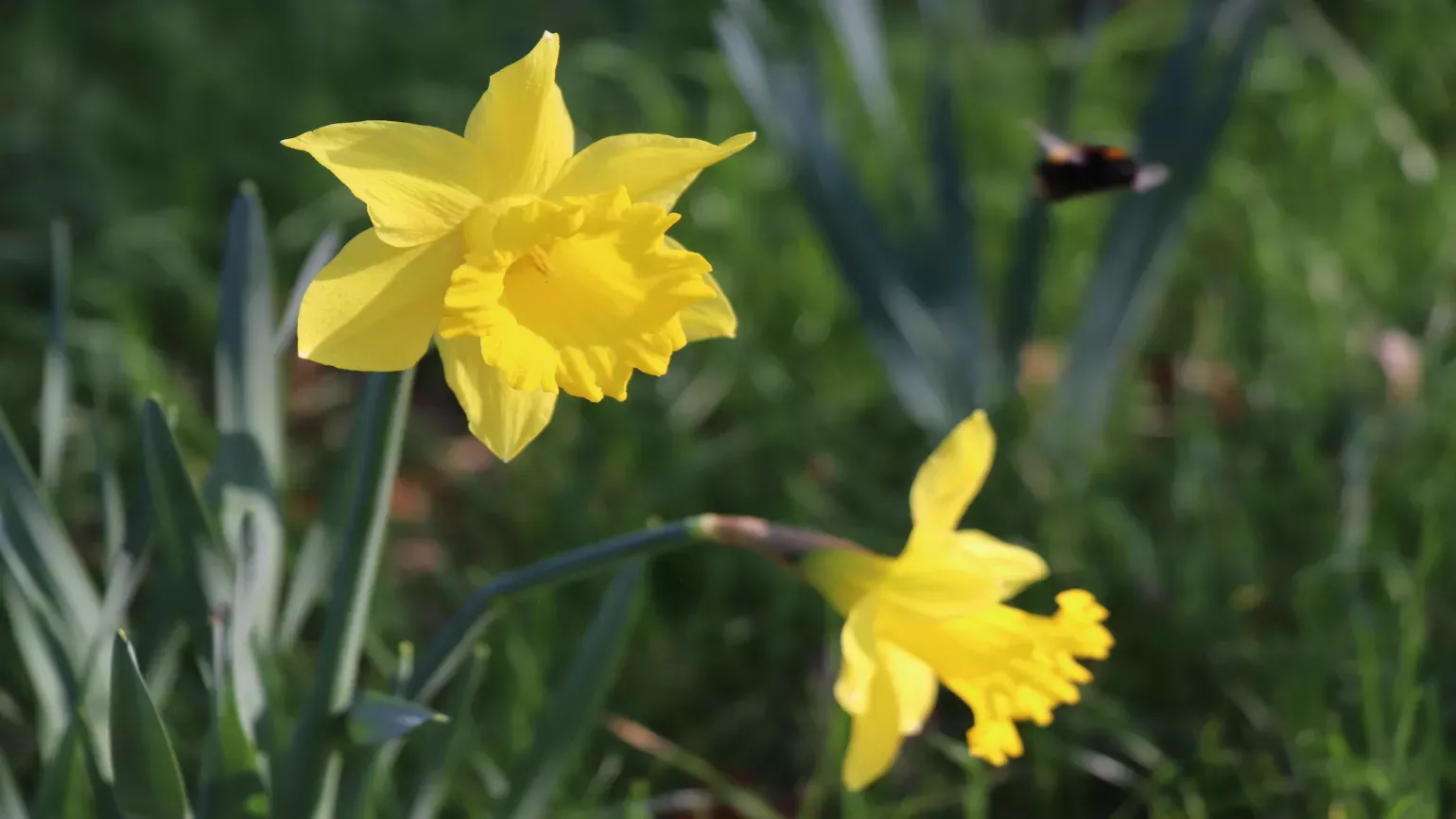
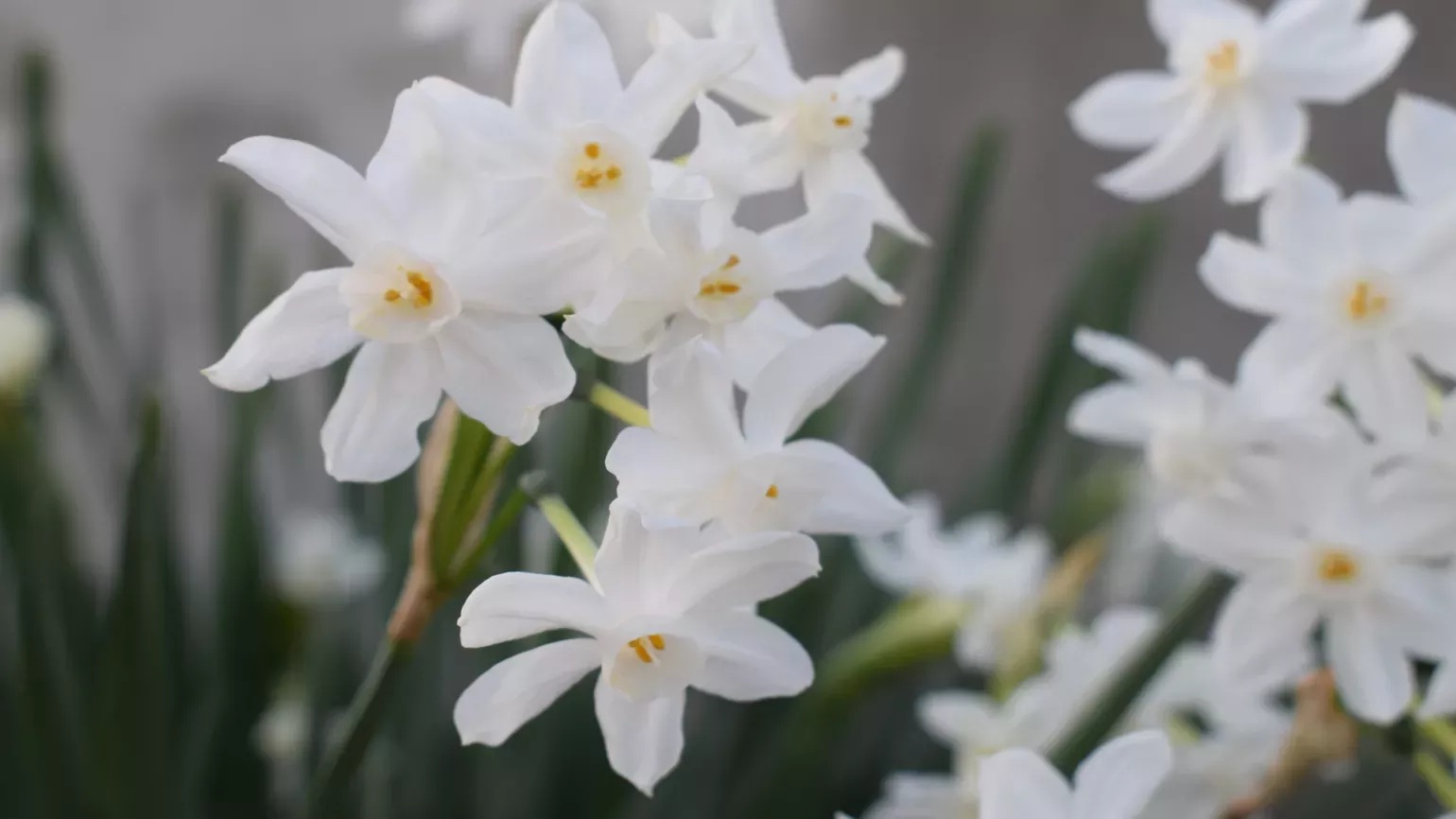
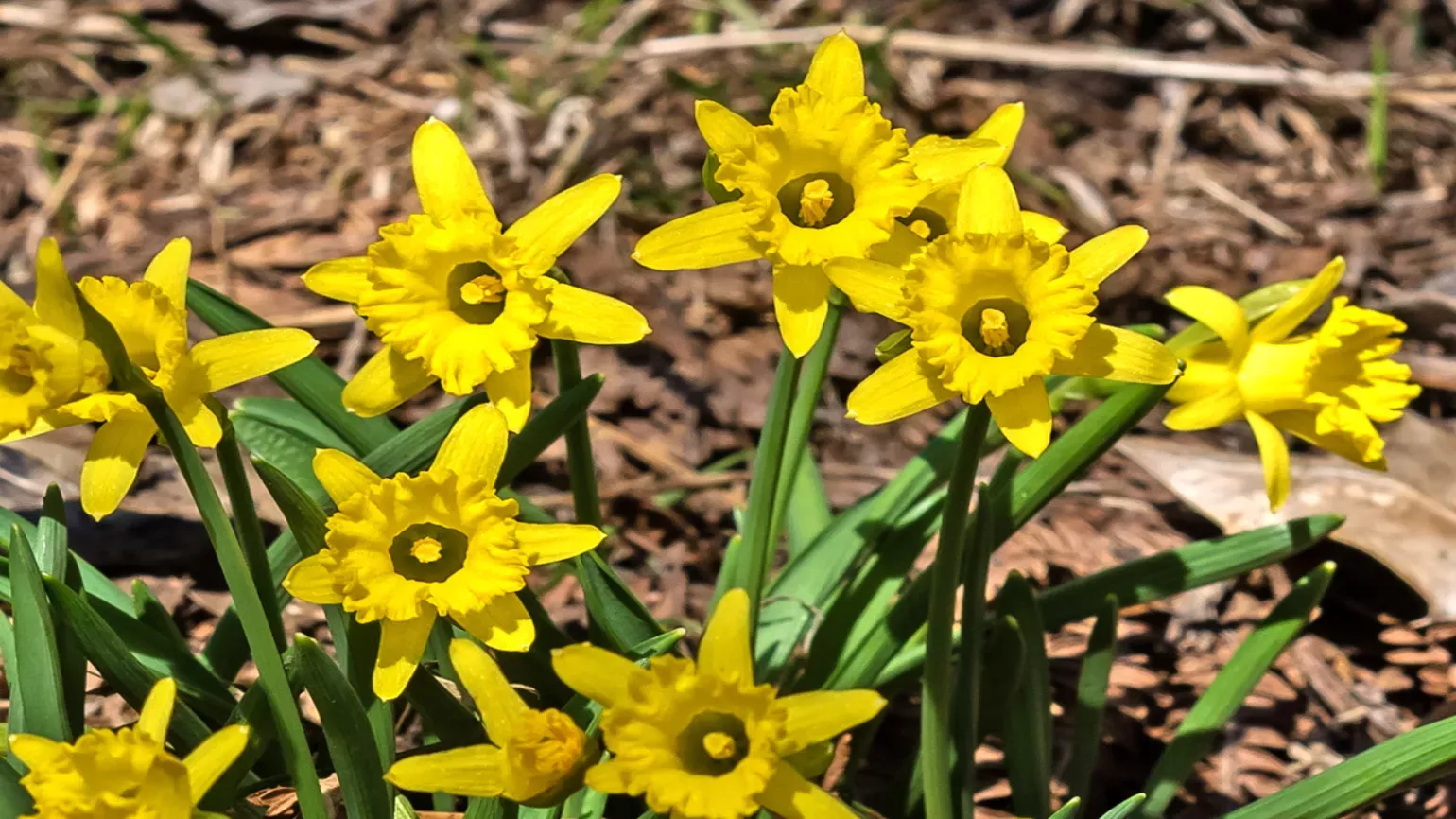
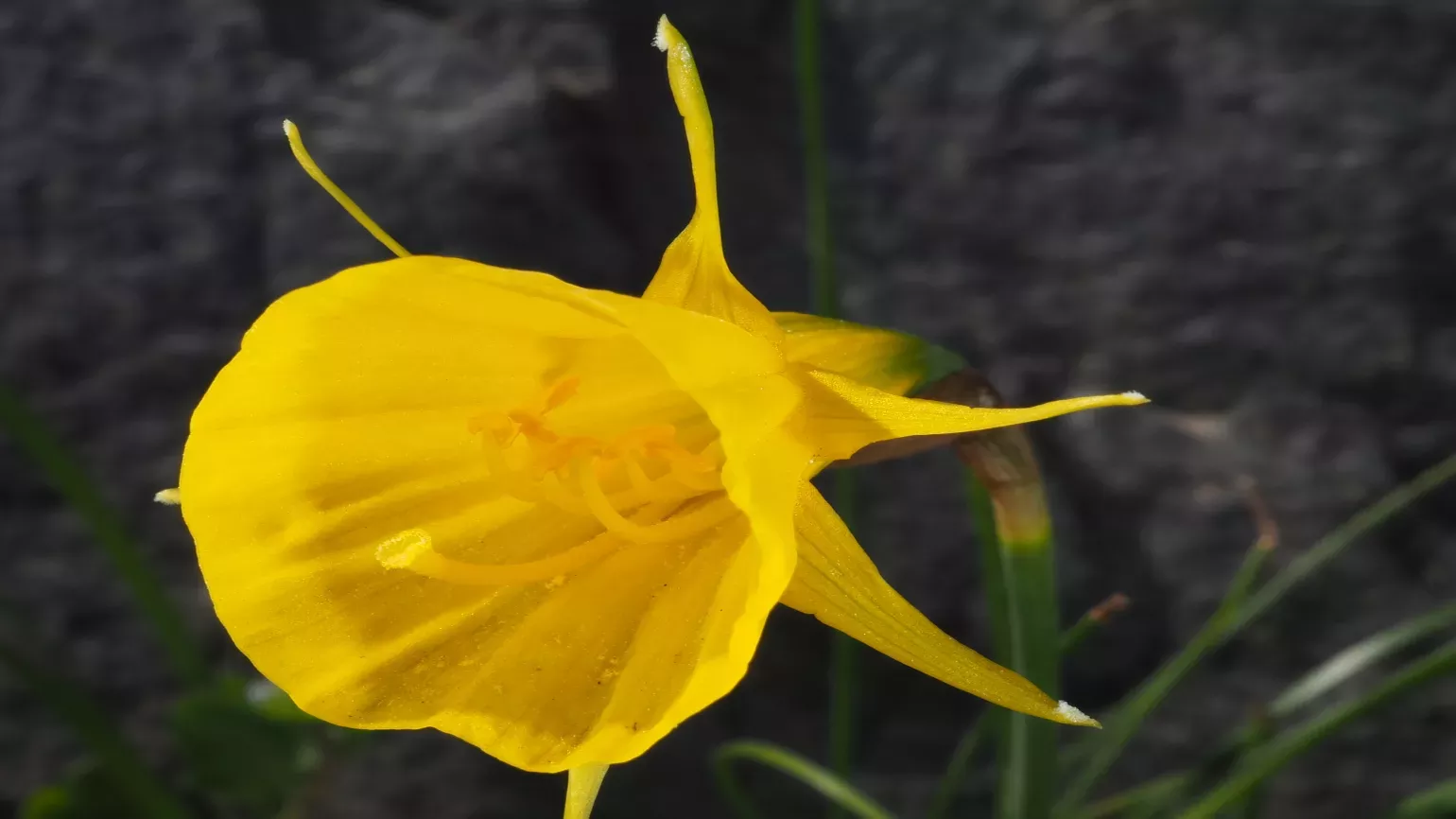
Plant uses
Cultural
The daffodil is the national flower of Wales where it is known as Cennin Pedr — 'Peter’s Leek' in Welsh.
Daffodils inspired the famous poem I Wandered Lonely as a Cloud by William Wordsworth.
The daffodil is the symbol for a number of cancer charities around the world, including Marie Curie UK.
Health
A substance extracted from daffodil bulbs, galantamine, is used as a treatment for Alzheimer’s disease.
Extracts from daffodils have been used as traditional medicines for a wide variety of diseases, including tumours, for thousands of years.
Materials and fuels
Daffodils have been grown commercially since the 19th century for sale as ornamental plants.
Did you know?
The wild daffodil is a member of the Amaryllidaceae family which also contains Agapanthus, Alliums, like onions and garlic, and Galanthus, like snowdrops.
The scientific name of the daffodil genus, Narcissus, is believed to come from the Greek myth of Narcissus who fell in love with his reflection in a pool of water. The nodding head of the daffodil is said to symbolise Narcissus gazing at his reflection.
All species of daffodil are poisonous to humans — the leaves, bulb and stem contain the highly toxic chemical lycorine.
In the 1930s, a 'Daffodil Special' train service run by Great Western Railway took Londoners to the Gloucestershire-Herefordshire border to see and buy wild daffodils (Narcissus pseudonarcissus).
Where in the world?
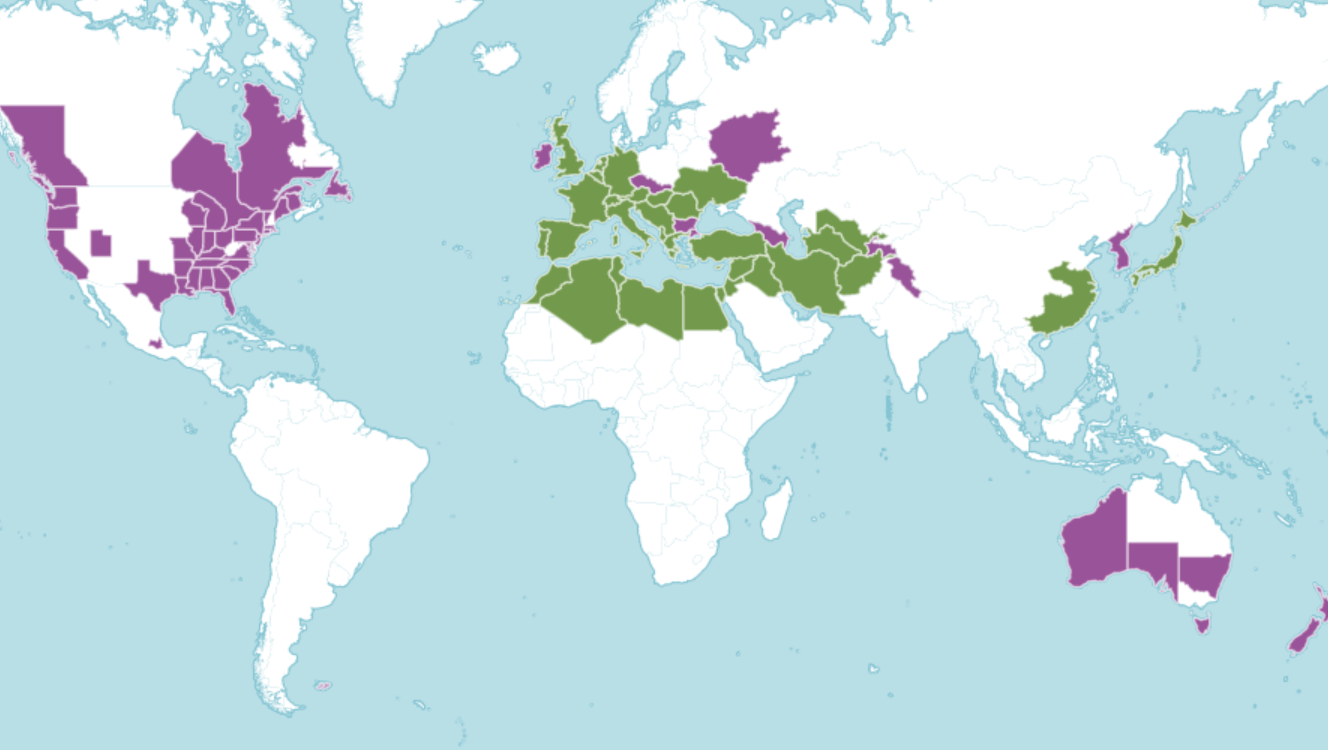
Woodlands, grasslands, riverbanks, and marshes
Find it in our gardens
Kew Gardens
A botanic garden in southwest London with the world’s most diverse living plant collection.
Location
Great Broad Walk Borders, Temple of Aeolus, Natural Area
View map of Kew GardensBest time to see
Wakehurst
Kew’s wild botanic garden in Sussex that has over 500 acres of plants from around the world and is home to the Millennium Seed Bank.
Location
Mansion Pond
View map of Wakehurst